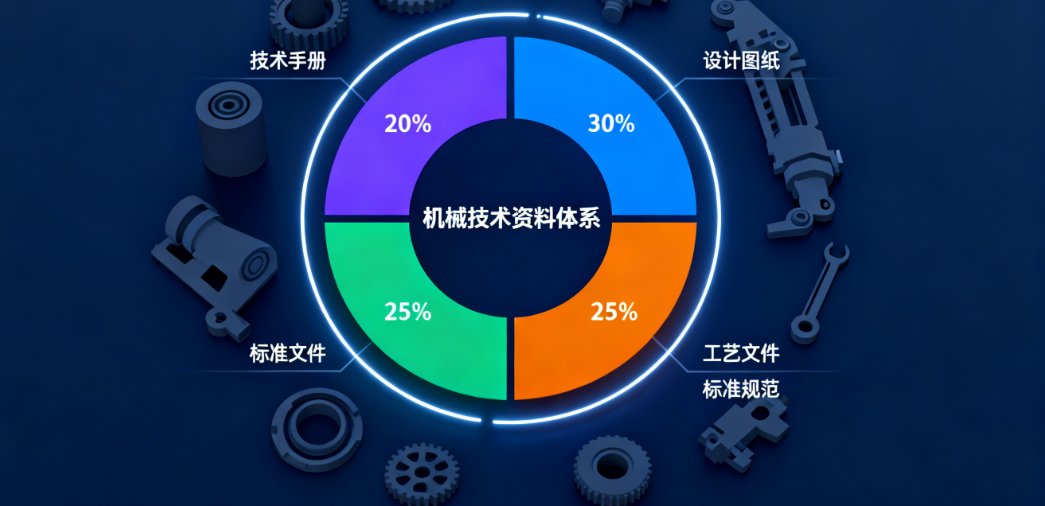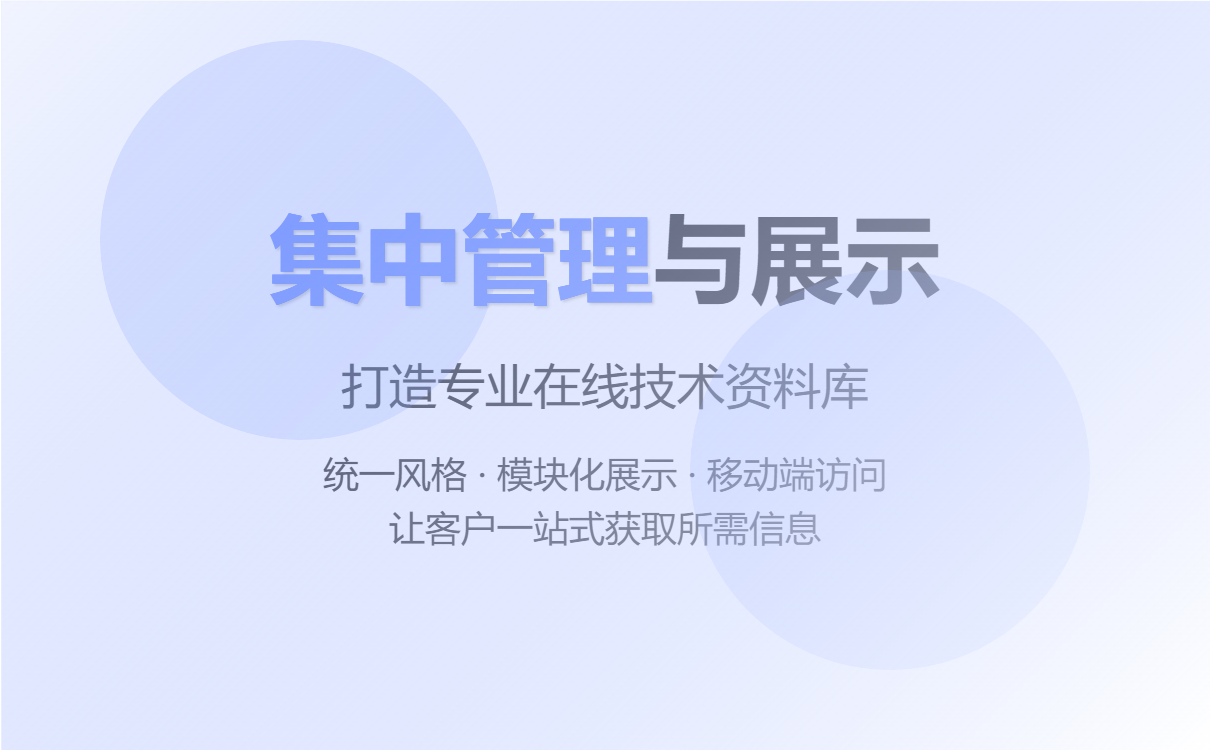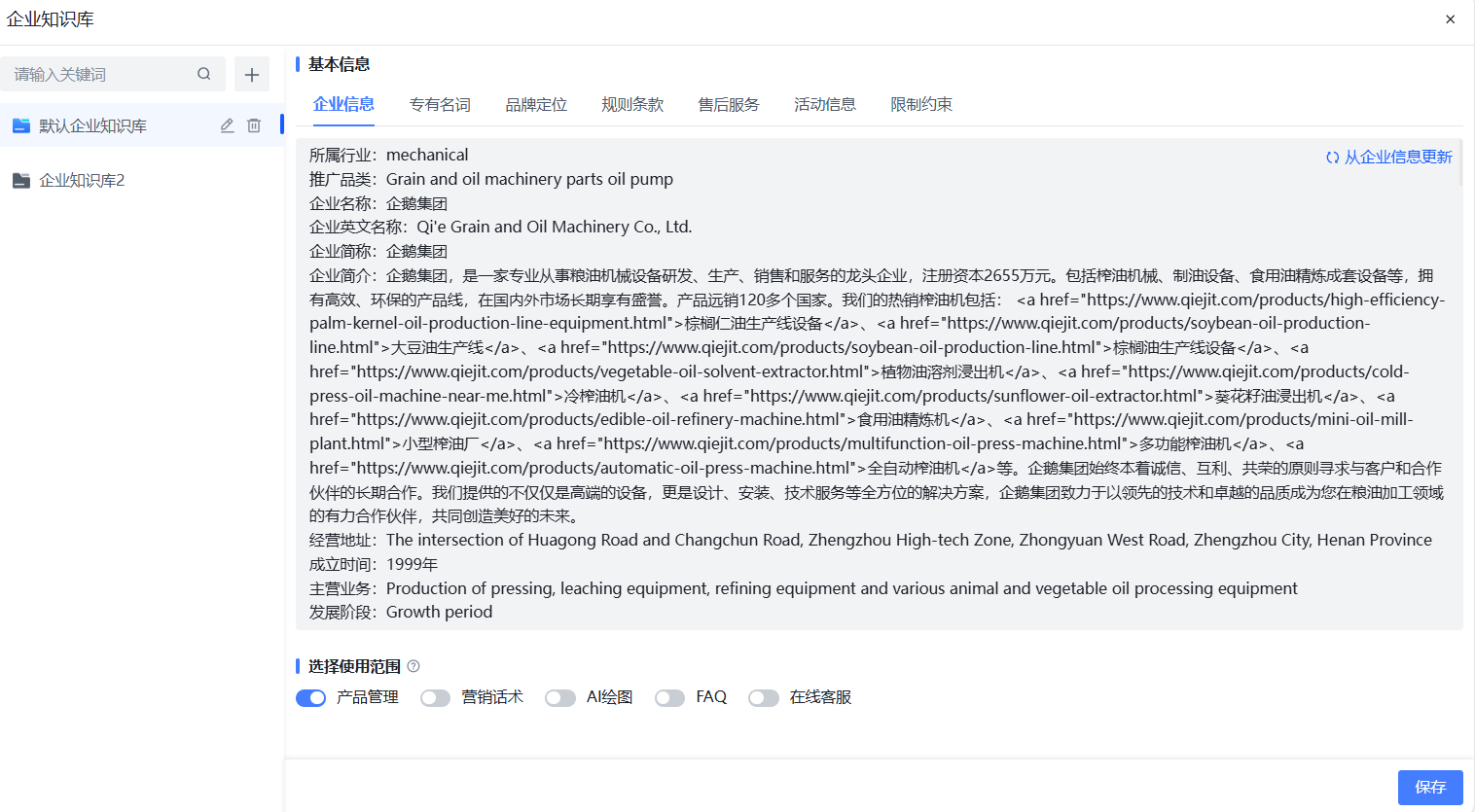
In the machinery industry, products are complex, expensive, and have long procurement cycles. Overseas clients often require extensive technical data to evaluate supplier reliability and product performance when making decisions. Establishing a systematic, easily accessible, and comprehensive technical documentation system is a key means to enhance customer trust, shorten procurement cycles, and increase conversion rates. This article will provide a detailed, practical explanation of how to quickly build the most effective technical documentation system.

In the machinery industry, the procurement chain typically includes procurement engineers, technical evaluators, project decision-makers, and the finance department. Different types of technical documentation play different roles in the procurement chain.
White Paper/Technical Report
Purpose : To showcase a company's technological capabilities, industry experience, and product development strength.
Impact : Increases project decision-makers' confidence in the product's reliability and performance.
Practical skills : Combine real-world cases and data, and attach detailed parameter tables, comparative analysis, and solutions. Ideally, demonstrate "why choosing our solution is better."
Customer Cases/Successful Applications
Purpose : To demonstrate the product's value through actual customer usage.
Impact : When procurement engineers and decision-makers see replicable success stories, they are more likely to recognize the capabilities of suppliers.
Practical skills : Case studies should highlight the problem background, solution, and implementation results, and be accompanied by photos or videos to show the on-site installation and operation.
Product operation video/demonstration video
Purpose : To visually demonstrate product performance, process flow, usage methods, and factory production capabilities.
Impact : Effectively reduces customer concerns about product quality and delivery capabilities.
Practical tips : Divide short videos into modules: product feature demonstration → operation demonstration → production workshop/factory environment → after-sales service capabilities. Keep the length between 3 and 5 minutes to facilitate quick customer understanding.
Product Manual/Specifications
Function : To provide standardized and detailed technical parameters to facilitate engineers' comparison and design.
Impact : Improves the technical review pass rate and speeds up the procurement approval process.
Practical tips : Use charts, 3D renderings, and key parameter annotations to make information clear and easy to access.
Case Study: Intelligent Valve Manufacturer
Challenge : Initial customer contact raises concerns about valve durability and production delivery capabilities.
Solution :
Provide a complete white paper showcasing R&D capabilities and durability test data.
Upload three operation videos: factory workshop, valve operation demonstration, and installation site.
Provide PDFs of overseas success stories, along with customer feedback.
Result : The customer completed the internal technical review within a week and ultimately placed an order for 30 units, shortening the transaction cycle by 50% compared to the traditional method of relying solely on email quotes.
Lessons learned : A complete and systematic set of technical information can significantly increase customer trust, directly leading to higher conversion rates and faster transaction speeds.
Highlighting the selling points
The video must highlight the product's core functions and its ability to solve customer pain points.
Example: High-precision machine tools can demonstrate the accuracy and speed of part machining.
Showcasing production capabilities
Panoramic factory footage, key production line processes, and quality inspection procedures can enhance customers' trust in the supply capacity.
Emphasis on replicability
The video content is standardized, updatable, and can be repeatedly used to showcase to different clients, improving data utilization.

To avoid scattered data and version inconsistencies, and to ensure a professional and consistent presentation, a centralized management approach is recommended.
Organize existing company data
Product manuals, white papers, case studies, demonstration videos, etc. are collected in a unified manner.
Category tag management
Categorized by product series, application scenarios, and industry cases, making it easy for customers to quickly find what they're looking for.
Build an online document library + video demonstration template
Using ABK Content Factory , you can integrate data such as enterprise product databases, industry trends, and brand case studies.
Quickly generate a unified style of document library and video presentation templates to achieve:
All materials are available online and can be downloaded.
With embedded videos and case studies, customers can gain a one-stop understanding of the product.
Automatic updates and maintenance ensure information timeliness.

Consistent style for materials : PDFs, PPTs, and videos should all have a consistent style to enhance a professional look.
Data visualization : Key parameters are presented in charts, allowing customers to grasp key information at a glance.
Modular display : Videos and documents are divided into modules according to function and application scenario, making it easy for customers to quickly search.
Timely updates : Keep industry trends, case studies, and product information up-to-date to increase customer trust.
Easy access : The online database should support mobile access so that customers can view it anytime.
In the machinery industry, building trust with overseas clients is a core element in closing deals. Through a systematic technical resource system—white papers, case studies, operation videos, and product manuals—combined with centralized management and professional presentation tools, such as AB Customer Content Factory , companies can quickly build a professional database, significantly enhancing client trust, shortening procurement cycles, and increasing conversion rates. For companies hoping to stand out in fierce competition, this system is an indispensable "trust accelerator."
.png?x-oss-process=image/resize,h_100,m_lfit/format,webp)
.png?x-oss-process=image/resize,h_100,m_lfit/format,webp)

.png?x-oss-process=image/resize,h_100,m_lfit/format,webp)
.png?x-oss-process=image/resize,h_100,m_lfit/format,webp)
.png?x-oss-process=image/resize,h_100,m_lfit/format,webp)
.png?x-oss-process=image/resize,h_100,m_lfit/format,webp)
